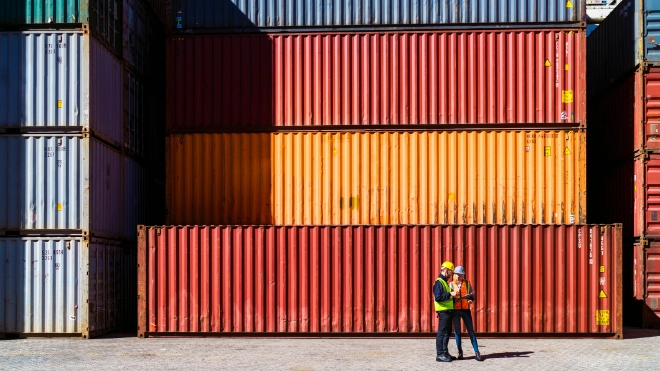Atradius Atrium
Sie erhalten direkten Zugriff auf Ihre Vertragsinformationen, Tools zur Beantragung von Kreditlimits und Einblicke.
 Austria büros
Austria büros









Mehr laden
Einsehen 7 aus 67




Mehr laden
Einsehen 7 aus 12
Pressekontakt